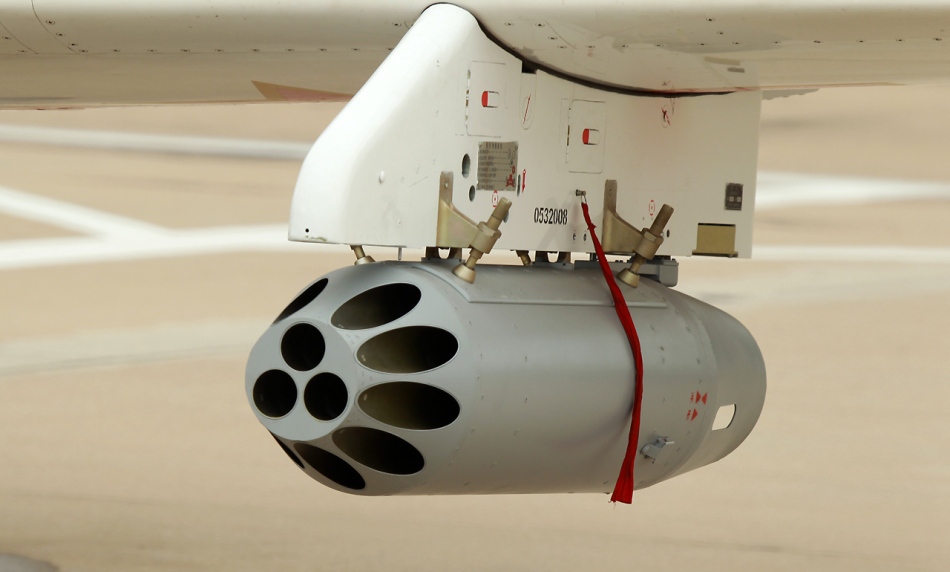The following key characteristics / roles have been identified:
1. Vertical/Short Takeoff and Landing (VTOL/STOL).
2. Be able to withstand a burst of up to 12.7 caliber weapons in vital areas. Be invulnerable to small arms fire. Kevlar panels used for armoring.
3. Be able to carry up to 6 TOW or Hellfire or similar weapons for a stand-off anti-armour role.
4. Have a 12.7 mm main gun with about 50 rounds of ammunition.
5. Capable of flying at exceedingly low speeds and maintaining high manoeuvrability at such speeds. Speed range of 10 mph to 200 mph.
6. Ability to operate at night. FLIR.
7. Run on diesel.
8. Turbo Prop single engined aircraft.
9. Have provision for flare cartridges, effective RWR, basically a good passive and active deco arrangement, to counter man-portable SAMs
10. Ease of maintenance and a basic low-cost solution.
To make Short Takeoff and Landing (STOL) possible from unprepared strips, it is proposed that the aircraft have an angled wing and an angled propeller
Another proposition is to have large, very low aspect ratio, thick and slightly forward sweeping wings (by about 5 degrees). This has shown to decrease take offs and landings as well as enable even slower flight (while maintaining agility and maneuver). This will also help towards condition 5, particularly towards the kind of agility required for Nap of the Earth flight. Lastly, the aircraft should have a strengthened under-carriage, landing gear with large low pressure tires and air brakes.
Mounting the wings high would give great visibility for the ground attack role and will aerodynamically provide better streamlining for cruising, provide more lift at less drag for climb and glide efficiency. Clearance will also be better and a useful attribute in semi/unprepared landing strips.
The use of composite armor and new materials like Kevlar should make protection against up to .50 caliber weapons easier. The wing design characteristics of thick, low-aspect ratio wings should also ensure greater survivability.
The attached diagrams illustrate sketches of such an aircraft. A more conventional design along the lines of the IL-2 is an alternative design possibility
Some Explanations and thoughts on this idea:
In reality, my idea is not really geared for the future war that the US will fight, where there is less of a need for a "cheap" solution, I'm gearing my work towards a "medium weight" power - ranging from China to Eastern Europe to South Africa to Brazil to the more controversial Indian Subcontinent. Most such armies would end up dedicating most of their air assets to the A2A war, as high tech (and expensive) aircraft are better employed winning the air war first. my solution attempts to create a cheap solution that "Army Aviation" can use while the air force can focus on other things. Further, the heart of my idea is to solve the disjoint between ground forces and air operations. "support" remains support, whether its oversimplified to blowing up stuff or to destroying enemy communications and channelizing his advance or retreat; the crucial element is that the vital information as to where the enemy is and what the course of action should be is channelized to the air unit, which is constructive but also limiting - it limits the ability of the pilot to improvise and be proactive with the battlefield, which in fact, they are never really trained to do or have the necessary wherewithal for - combat pilots fly too fast and stay in the vicinity for too less a time to have a real ground level feel of the battlefield. This is not just a technical problem but is rooted in doctrine and most importantly, real logistics. That's what I am trying to solve
The biggest problem I actually see with this is vulnerability from enemy air defence. Something like what I have proposed, flying in good numbers are always likely to be vulnerable, no matter how tactically innovative you are. Good ejection are always an advantage though...
Grande Strategy: 21st Century Combined Arms Operations: Integrating an Air Component
1 comment..
A quick look at what most gunship helos carry will tell you that unguided rocket pods and cannon fire still have a place on the modern battlefield. With laser guided kits for unguided rockets you can have an appropriate weapon for most CAS targets. The reality is that most ATGMs have too much penetration and not enough blast and fragmentation effect for most targets on the battlefield other than tanks. Most countries in the world today don't have a large supply of well armoured tanks and those that do are not likely to be using their forces against an enemy well equipped with such vehicles. Therefore having ATGMs that cost hundreds of thousands of dollars is a waste of money. A guided rocket that costs a few thousand dollars and has a warhead able to deal with a wider range of targets makes much more sense.
Equally the 50 cal HMG with 50 rounds is just silly. To effectively use such a weapon you need to get within 50 cal range, and once you are in 50 cal range of them they are within 50 cal or 57 cal or 23mm range of you... they will always win that fight.
At least with a cannon on board you can rely on shell power rather than kinetic energy. For example the HE shell for most 20mm cannon is effective at any range because it relies on HE power for effect rather then velocity. This means you can start firing at area targets at long range, which makes your fire platform safer and more likely to survive.













